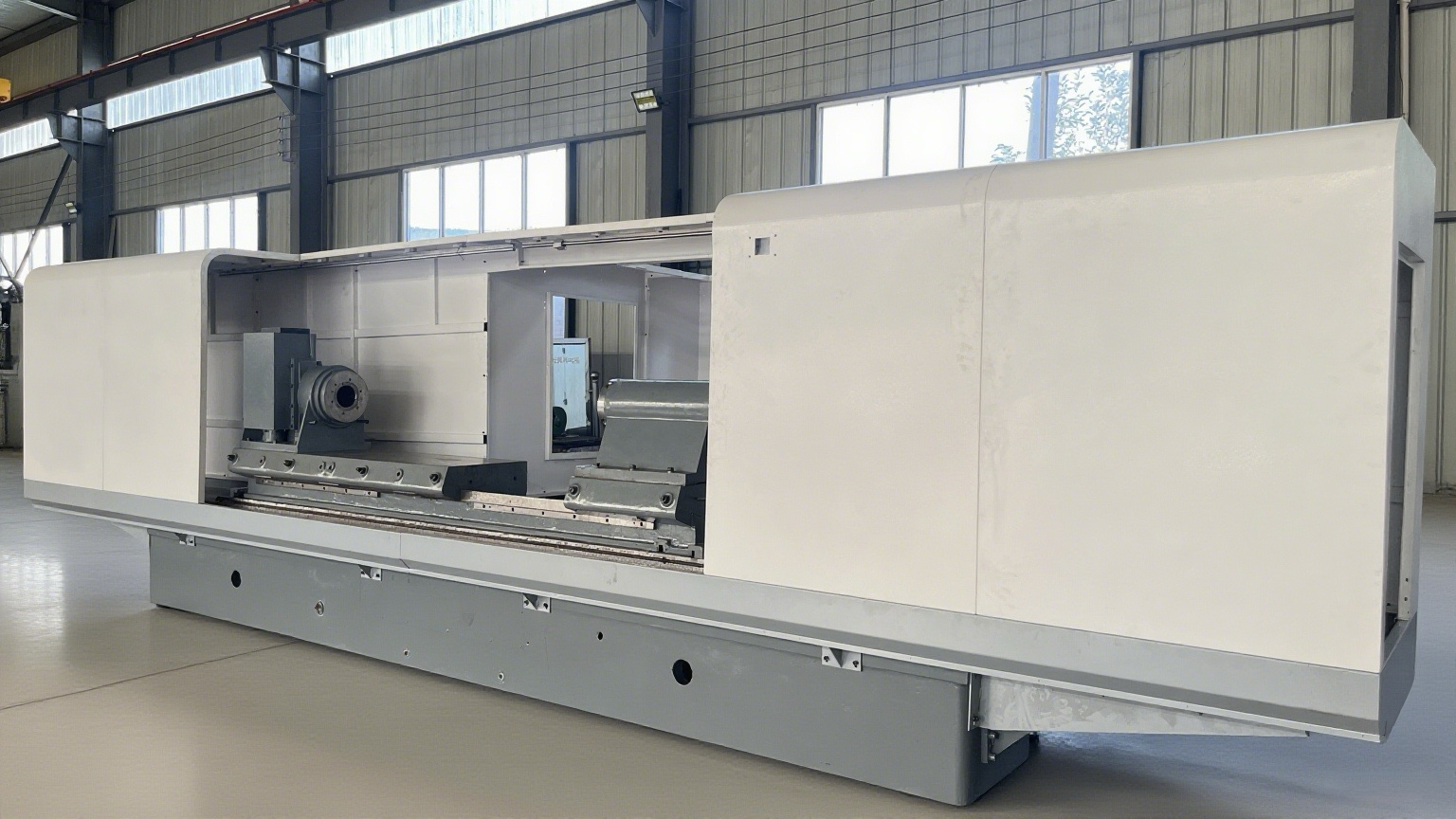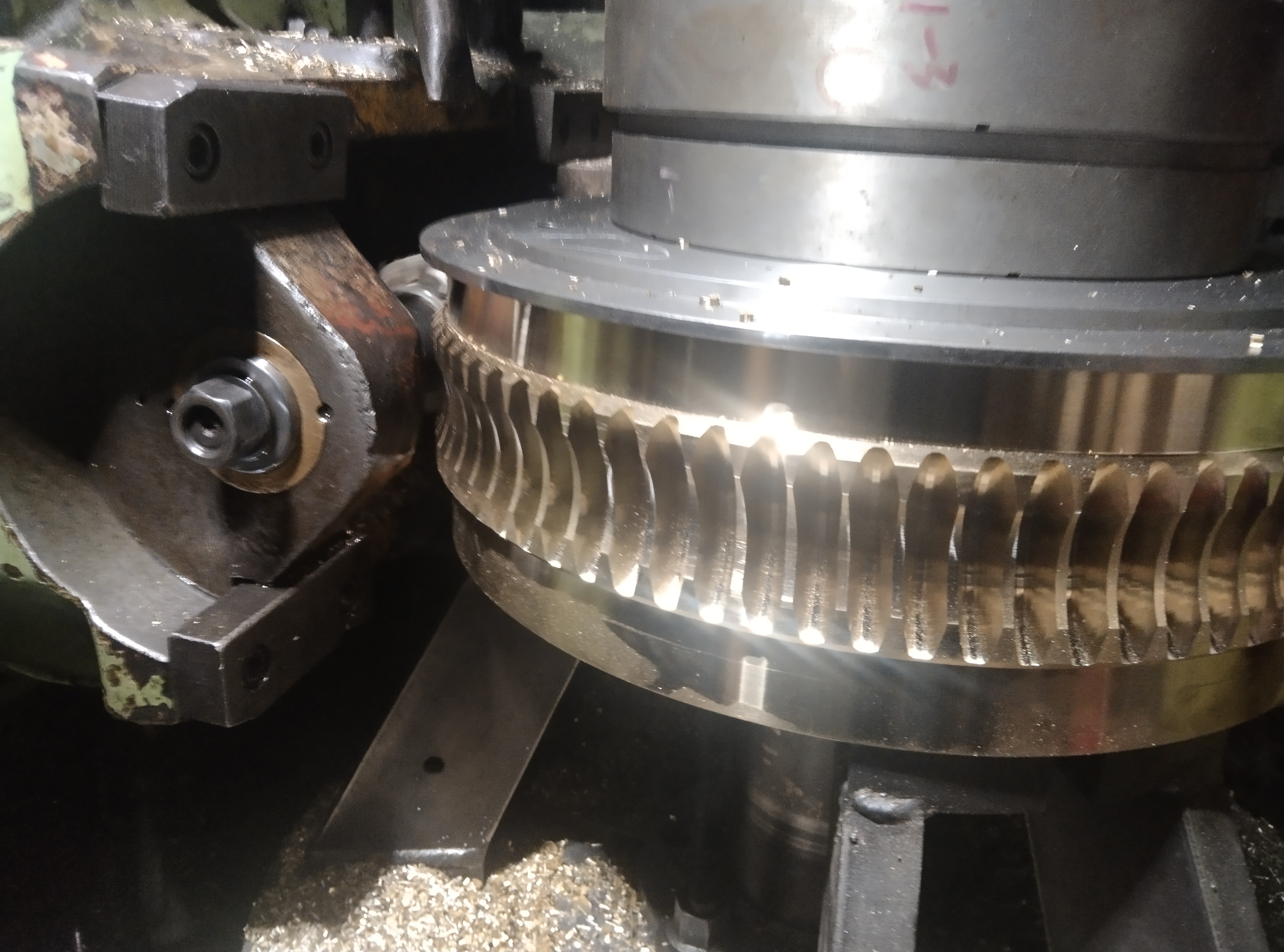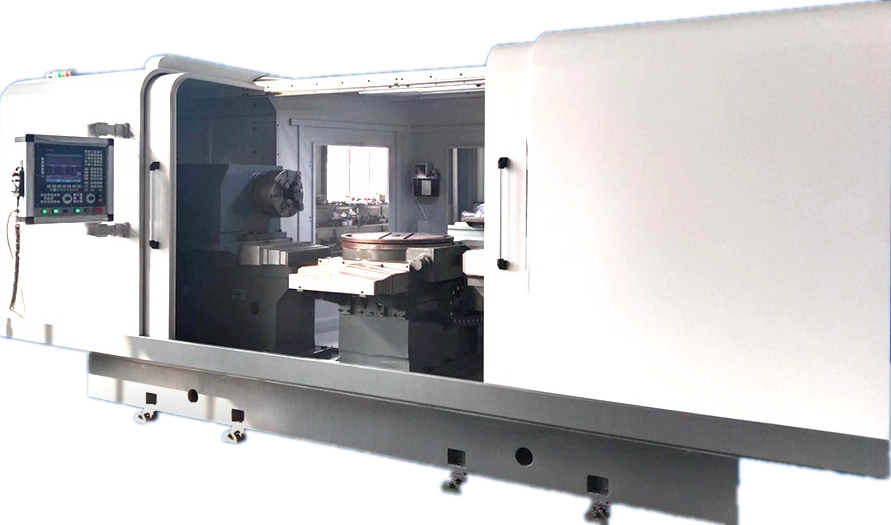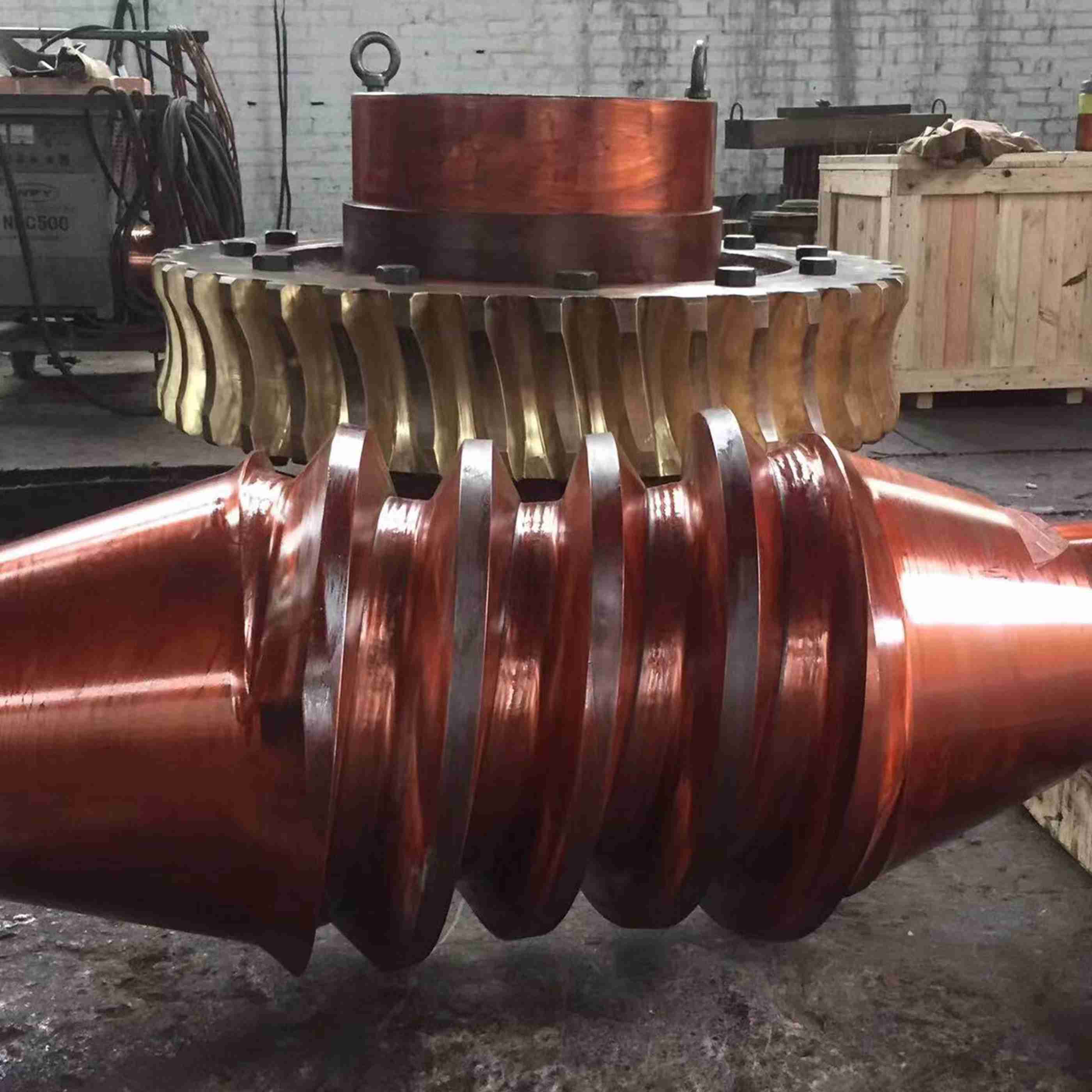






Worm gear with fan-shaped teeth, customized processing of special-shaped gears
Keywords:
efficiency
mechanical
Product Description
Our company can customize gears, racks, and worm gears with various tooth shapes. Welcome to provide your drawings.
As a key component in mechanical transmission, the sector gear, with its unique sector-shaped tooth design, plays an indispensable role in various mechanical devices. Through precise meshing with other gears, it builds a bridge for power transmission, ensuring the stable and efficient operation of the mechanical system. The following is an in-depth analysis of the core functions of sector gears from multiple perspectives:
I. Basic Power Transmission: The "Conveyor Belt" of Mechanical Operation
Sector gears are fundamental core components of mechanical transmission devices. Their most basic function is to transmit power. In a mechanical system, the rotational motion of the driving gear is transmitted seamlessly to the driven gear through the meshing of teeth with the sector gear, thereby driving the subsequent connected mechanical parts. Whether it's a simple small machine, such as the transmission structure in a household sewing machine, or complex industrial equipment, such as the conveying device of a production line, the sector gear, like a "conveyor belt," ensures that power is smoothly transmitted from the source to various work stages, which is a prerequisite for the normal operation of the mechanical device.
II. Speed Ratio Control: The "Regulator" of Mechanical Operation
The number of teeth and size of sector gears are not fixed but can be flexibly designed and adjusted according to actual work needs. Different parameter combinations of sector gears can achieve diversified transmission ratios. For example, in a car's gearbox, by changing the ratio of sector gears, the car can obtain suitable speed and torque under different road conditions: a larger torque is needed when starting, so a large transmission ratio is used; at high speed, a higher speed is needed, which is achieved by adjusting to a small transmission ratio. The sector gear is like a "regulator" for mechanical operation, precisely adjusting the speed ratio according to the actual working conditions to ensure that the mechanical device maintains efficient operation under different working conditions.
III. Force Transmission and Amplification: The "Booster" of Mechanical Load-Bearing
In mechanical devices, the transmission and bearing of loads and pressures are crucial. The special design of sector gears allows them to effectively transmit force and, to a certain extent, increase torque. Usually, a mechanical transmission system consists of multiple sector gears, each gear sharing part of the force during transmission. Through the interaction between gears, the input force is gradually transmitted and amplified. For example, in the lifting mechanism of a crane, the sector gear transmits the power of the motor to the drum, and at the same time, increases the torque through the cooperation between gears, allowing the crane to lift heavy goods, becoming a "booster" for mechanical load-bearing, allowing the mechanical device to withstand greater loads and pressures.
IV. Direction Change: The "Steering Gear" of Mechanical Movement
During mechanical transmission, the direction of power transmission often needs to be changed according to work requirements. Through reasonable installation layout, that is, using different gear combinations and adjusting their relative positions, sector gears can easily change the direction of power transmission. For example, in the feed system of a machine tool, the rotation direction of the motor may not be consistent with the feed direction of the tool. Through the meshing transmission of sector gears, the power direction can be converted by 90 degrees or other angles to ensure that the tool feeds precisely in the required direction. The sector gear is like a "steering gear" for mechanical movement, making the operation of the mechanical device more flexible and efficient.
V. Reverse Transmission: The "Reverse Switch" of Mechanical Operation
In addition to changing the angle and direction of power transmission, sector gears also have the function of reverse transmission. When it is necessary to reverse the rotation direction of the driving device to the driven device, the sector gear, through its special meshing design between gears, can accurately reverse the input rotation direction. For example, in the reciprocating motion mechanism of some machinery, such as the worktable of a planer, the reciprocating motion of the worktable can be achieved through the reverse transmission of sector gears to meet the needs of mechanical processing. It's like a "reverse switch," providing more possibilities for mechanical operation.
In summary, sector gears play multiple important roles in mechanical transmission devices, covering power transmission, speed ratio control, force transmission and amplification, direction change, and reverse transmission. In practical applications, the design and use of sector gears need to be adjusted and optimized according to the specific functional requirements of the machinery to fully utilize their functions and meet the actual working requirements of the mechanical device.
Classification:
Gear Series









